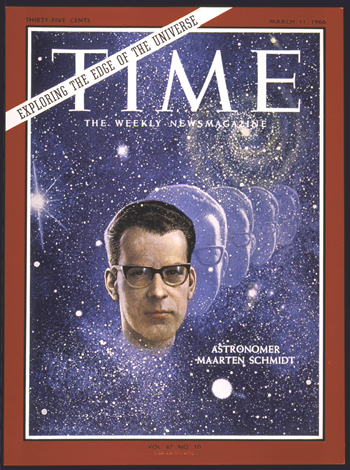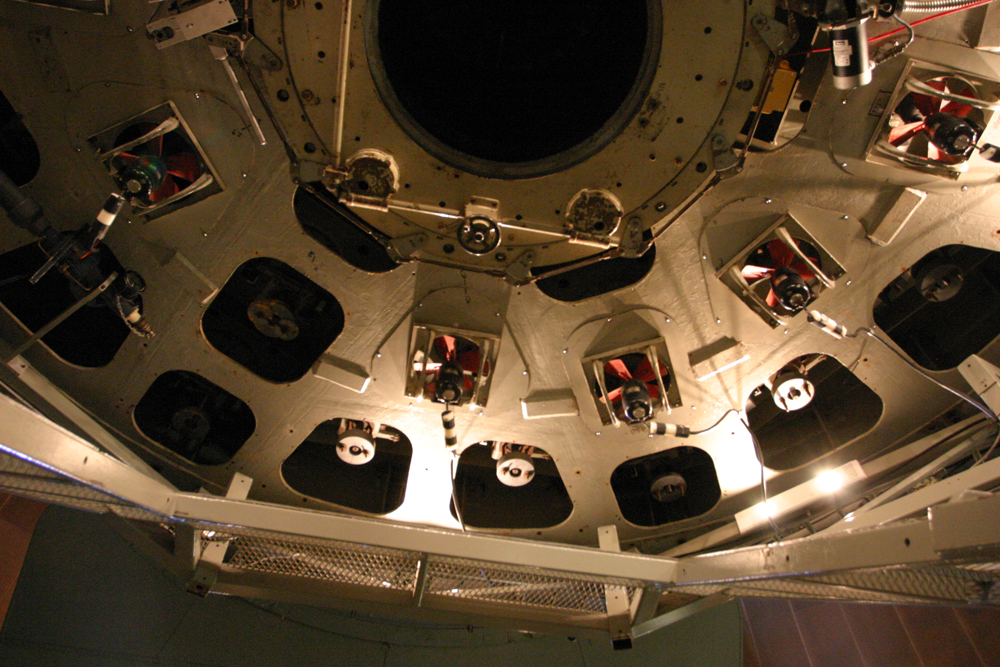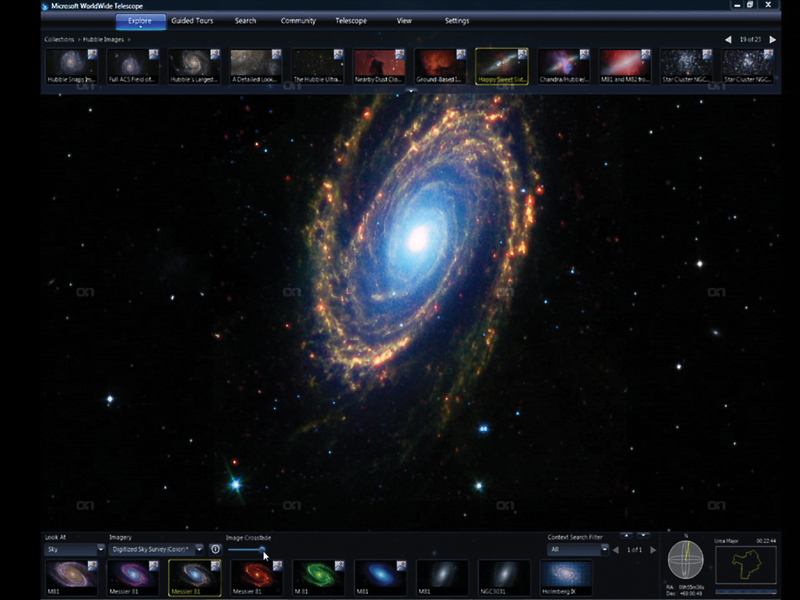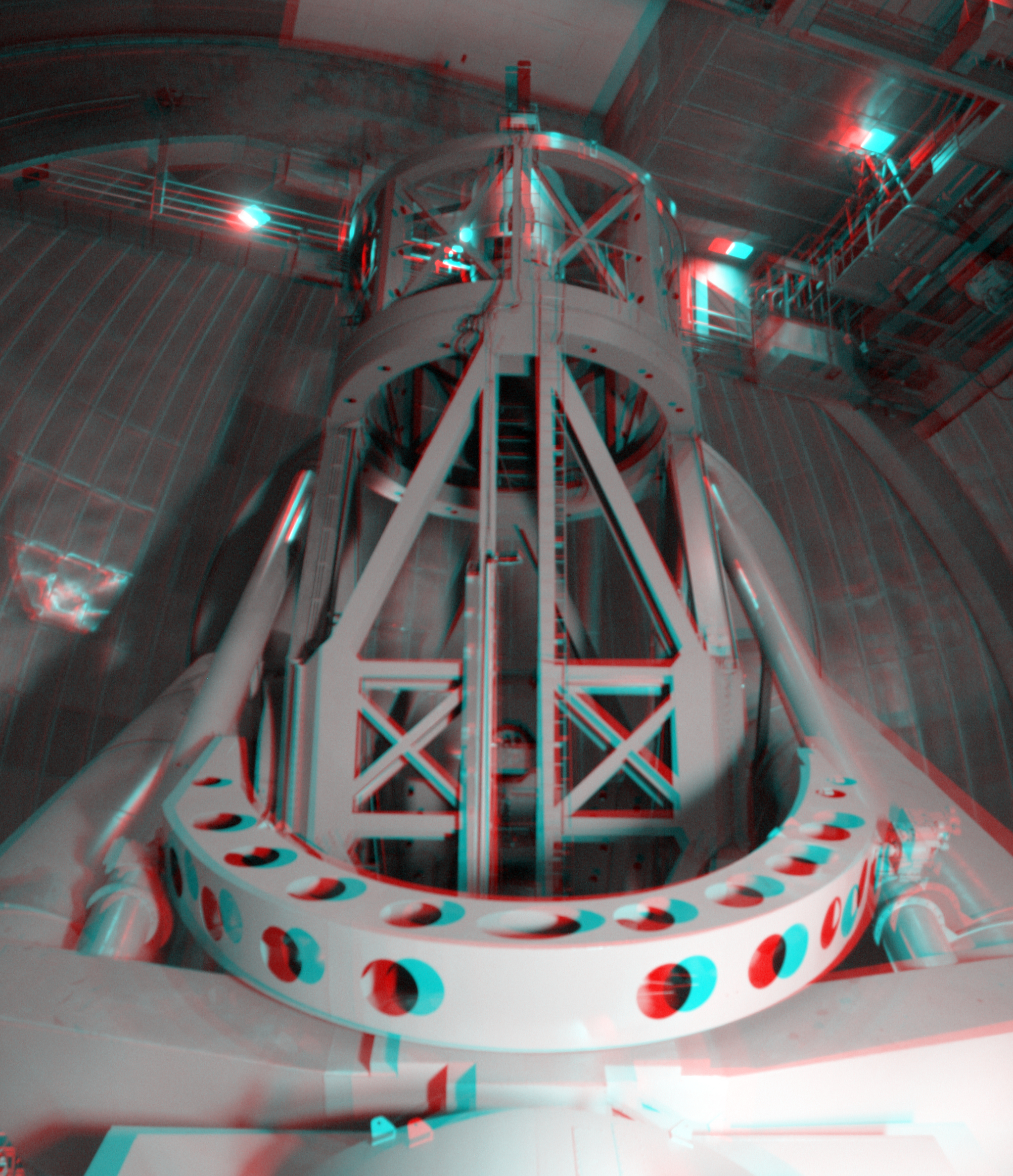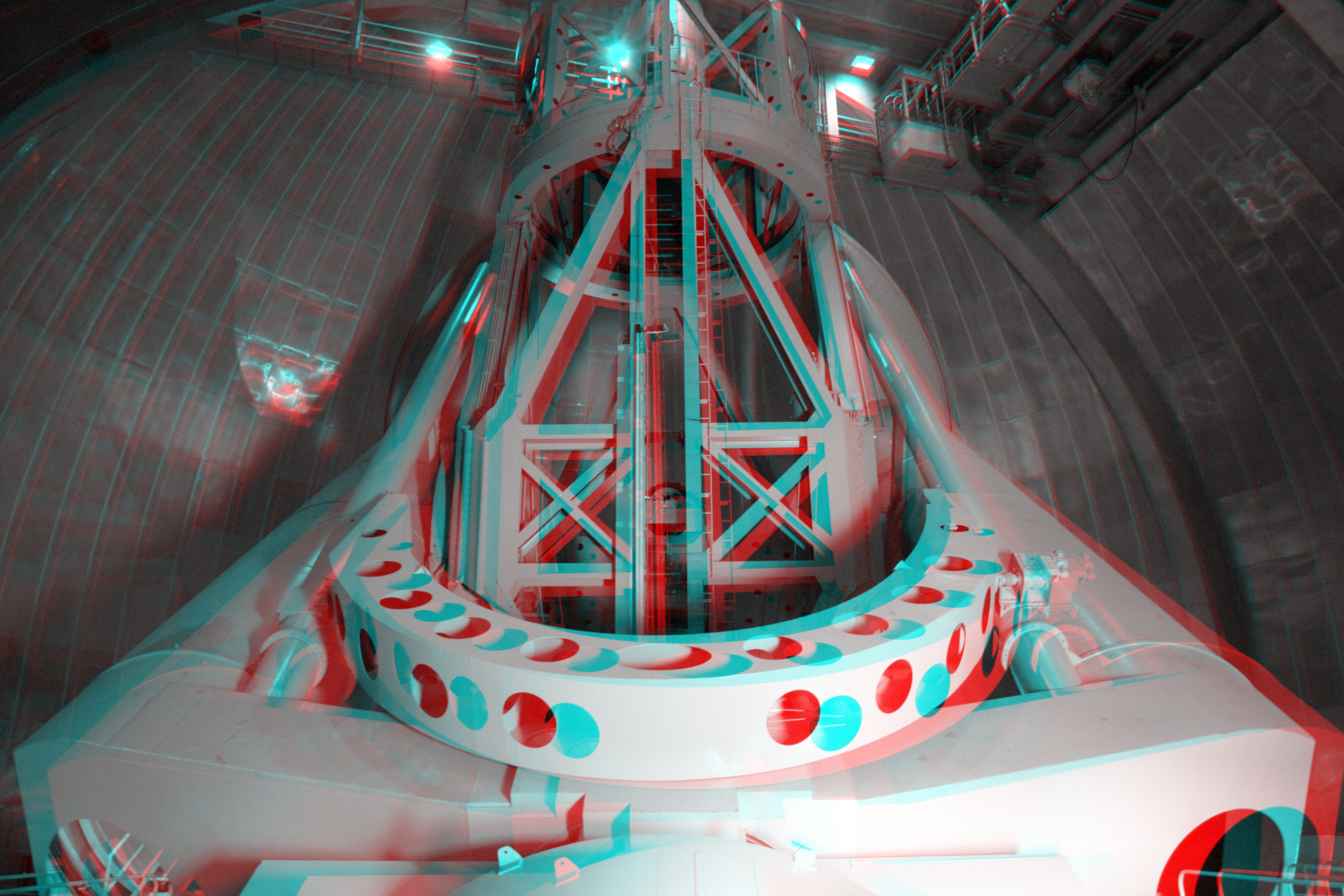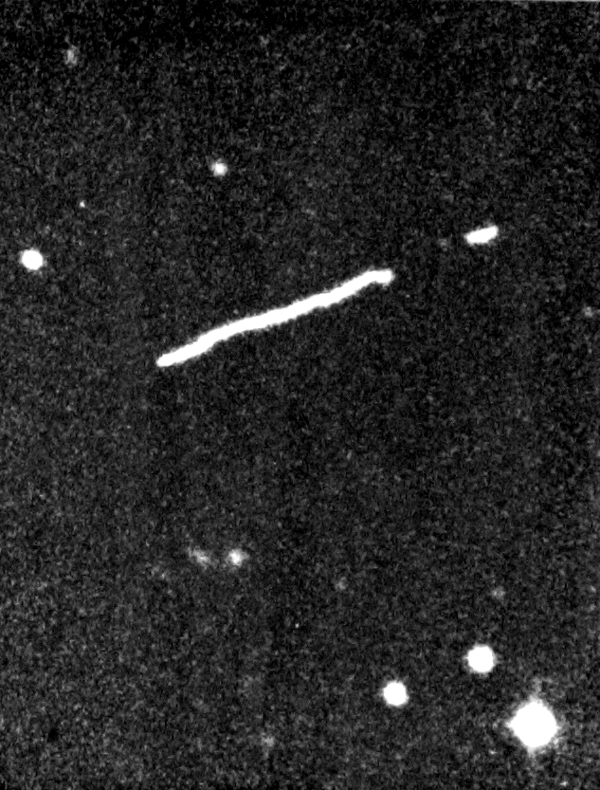A long time ago, in a galaxy far, far away . . . . there was a star that exploded. 90 million years later astronomers observed the event with telescopes located on both on Earth and in Earth orbit.
The galaxy is known as NGC 2770, found in the constellation Lynx. Back in December the supernova, SN 2007uy, was observed. That in itself isn't too amazing as new supernovae are observed in various galaxies relatively often. Within one particular galaxy they aren't too common, perhaps occurring once or twice per century.
On January 9th former Caltech astronomers Alicia Soderberg and Edo Berger, now with Princeton University was observing the supernova with NASA’s Swift satellite when they caught a new one, located within the same galaxy, in the act of exploding.
Of the many thousands of previously observed supernovae, this was the first one actually observed as the explosion was taking place. Most of them aren't caught until hours, days or weeks after the event. The discovery will be described in a paper ("An Extremely Luminous X-ray Outburst Marking the Birth of a Supernova") to be published in tomorrow's issue of the journal Nature.
A veritable fleet of telescopes, on Earth and in space, were quickly called into action to observe the new supernova, now known as SN 2008D. Caltech's observations were led by Shrinivas Kulkarni, MacArthur Professor of Astronomy and Planetary Science and director of Caltech Optical Observatories. Caltech astronomers including graduate student Bradley Cenko and others undertook detailed observations with the automated Palomar 60-inch and the 200-inch telescopes.
Captured by the Palomar 60-inch telescope, here is NGC 2770 with both of the supernovae marked:

Image Credit: A. Rau (Caltech)
Joining Swift and the Palomar telescopes in making observations of the event were the Hubble Space Telescope, the Chandra X-ray Observatory, the Very Large Array in New Mexico, the Gemini North telescope in Hawaii, the Keck I telescope in Hawaii, and the 3.5-meter telescope at the Apache Point Observatory in New Mexico.
What have we learned? This particular supernova was produced as the core of a massive star collapsed likely producing an ultra-dense neutron star. The newborn neutron star then rebounded, triggering a shock wave that blew the stars outer layers off and into space. Swift caught the flash of X-rays produced as the star blew apart.
The observations also show that SN 2008D is an ordinary Type Ibc supernova, which occurs when a massive, compact star explodes. Significantly, radio and X-ray observations confirmed that the event was a supernova explosion, and not a related, rare type of stellar outburst known as a gamma-ray burst.
Be sure to check out the
Caltech press release and the
NASA press release on the findings.
 At the moment I am in St. Louis, MO attending meetings run by the Astronomical Society of the Pacific and the American Astronomical Society on the International Year of Astronomy. Details about the some of the celebrations will be posted here and on the Palomar Observatory website when they become available. Stay tuned.
At the moment I am in St. Louis, MO attending meetings run by the Astronomical Society of the Pacific and the American Astronomical Society on the International Year of Astronomy. Details about the some of the celebrations will be posted here and on the Palomar Observatory website when they become available. Stay tuned.
